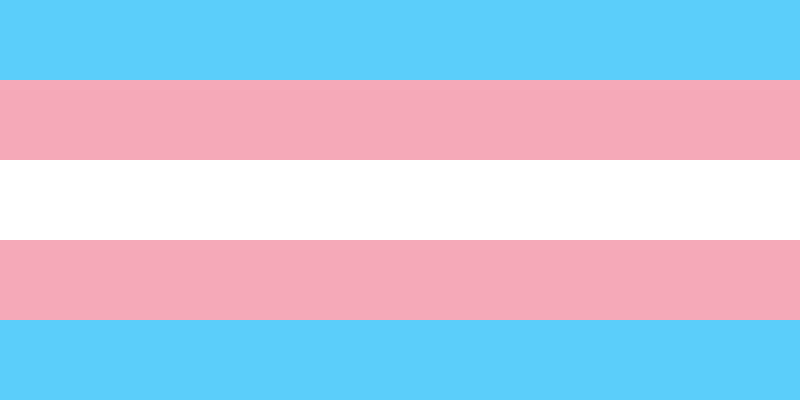About Jonathan Daniels
Icon of Jonathan Daniels by Mark Friesland © 2009
Jonathan Daniels is considered a saint in the Episcopal tradition for his civil rights ministry, and St. James has the unique honor of being the church St. Jonathan grew up in. In honor of him, both our chapel and our fellowship hall are named in his honor.
Jonathan Daniels was born in Keene on March 20, 1939. Raised a Congregationalist, he joined St. James Episcopal Church while in high school. After high school he enrolled in Virginia Military Institute, graduating first in his class. An initial interest in the priesthood waned while Daniels was in college, but returned when, as a graduate student at Harvard University, he attended Easter services at the Church of the Advent in Boston. The renewal of his faith led Daniels to enter Episcopal Theological School in Cambridge, MA in the fall of 1963, sponsored by his home parish, St. James Episcopal Church.
On March 7, 1965, after hearing the Rev. Dr. Martin Luther King, Jr. call on "clergy of all faiths ... to join me in Selma [Alabama] for a ministers` march to the state capital of Montgomery ..." Daniels went south, participated in the march, and then stayed on in the area to tutor children in reading, to register voters, and to help integrate a local Episcopal Church. In May Daniels went back to Cambridge to complete examinations. Moved by singing the Magnificat at Evening Prayer, he decided to return to Alabama to continue working with the civil rights movement. While there, Jonathan stayed with the West family in Selma. At that time, it was not only a great risk to be a young white organizer in Alabama from the north, but also a great risk for a Black family like the Wests to host him. He and the Wests became good friends and supports to each other.
On Saturday, August 14, Daniels was picketing local businesses with others in Fort Deposit, AL. They were arrested and held in the county jail in Hayneville before being released on August 20. The day was hot, so Daniels and three others--the Rev. Richard Morrisroe (a Roman Catholic priest in training), Joyce Bailey, and Ruby Sales--approached a local general store to buy sodas. The entrance was blocked by a man with a shotgun, Tom Coleman, who threatened to shoot if they tried to enter. During the confrontation, Coleman aimed a gun at the group. Daniels pushed Ruby Sales out of the way and was shot in the chest, dying instantly. Richard Morrisroe was shot in the back as he and Joyce Bailey ran for safety.
The Rev. John Morris, civil rights leader and founder and director of the Episcopal Society for Cultural and Racial Unity, accompanied Daniels’ body back to Keene, where it lay in state at St. James Church before the funeral on August 24, 1965. More than 800 people attended the service, with the overflow group crowding the sidewalk near the church. Sympathy messages came from President Lyndon B. Johnson, New Hampshire Governor John W. King, and senators and congressmen. Daniels was laid to rest in Monadnock View Cemetery in Keene. His epitaph reads: Greater love hath no man than this, that he lay down his life for his friends. (John 15:13)
Tom Coleman, who fired the fatal shot from a 12-gauge shotgun, was acquitted of manslaughter on grounds of self-defense after claiming that Daniels had a knife, though no weapon was ever found. None of Daniels` companions was permitted to testify at the trial. The all-white jury deliberated less than two hours before returning the not-guilty verdict. The Alabama attorney general, quoted by the press, declared the trial "the democratic process going down the drain of irrationality, bigotry and improper enforcement of the law."
In July 1991, at the General Convention of the Episcopal Church, a resolution was adopted to add Jonathan Daniels’ name to the church calendar of saints. His feast day is on August 14. St. James celebrates his memory every August with a special Sunday service. The Jonathan Daniels Chapel was established on August 17, 2025 upon receiving the gift of a hand written icon of Daniels by iconographer Mark Friesland, and memorial display, created by local designer Ruth Sterling, occupies a corner of the church.
St. Jonathan is also listed in the Memorial Book of the Chapel of Saints and Martyrs at Canterbury Cathedral in Great Britain, along with one other American martyr, Dr. King, and his portrait hangs in a wing of the cathedral. There is also a bust of Jonathan Daniel in one of the entrance ways of the National Cathedral in Washington, DC.









